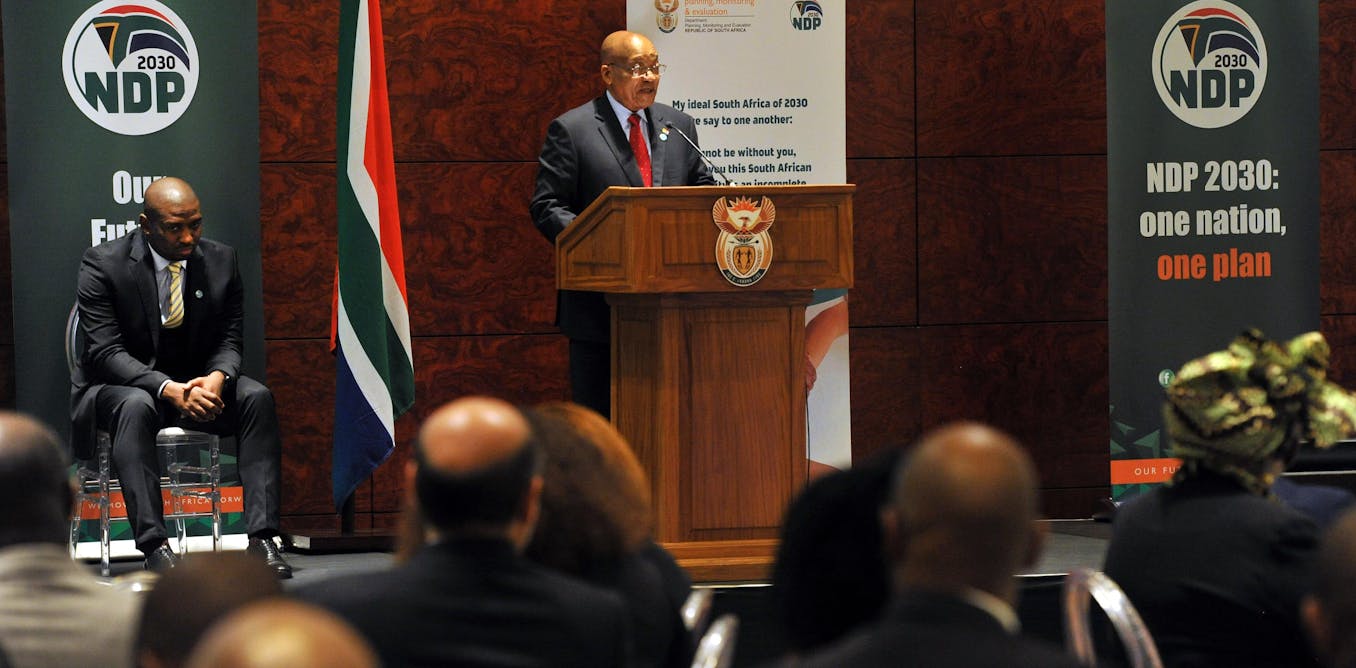
- Select a language for the TTS:
- UK English Female
- UK English Male
- US English Female
- US English Male
- Australian Female
- Australian Male
- Language selected: (auto detect) - EN
Play all audios:
In the month of April 2025, Maruti Suzuki remained India’s largest carmaker by volumes while M&M emerged as India's second-largest carmaker. M&M’s market share rose to 13.83% last month from
11.23% in April 2024. Meanwhile, Hyundai Motor India's market share slipped to 12.47% in April 2025, making it the fourth-largest carmaker after Tata Motors.
While rural demand continues to be strong, automakers have noted stress in the urban markets. “We have not seen any slowdown in urban even though the urban economy at this moment is much
tighter. There are many enabling factors in the rural economy,” Rajesh Jejurikar, Executive Director and CEO, Auto & Farm Sector, M&M, said in an earnings call after the company announced
its fourth quarter results.
In FY25, India's automobile industry witnessed a strong performance in rural areas while urban markets remained under stress, according to the Federation of Automobile Dealers Associations
of India (FADA). Sales of two-wheelers in rural markets grew by 8.39%, comfortably outpacing the urban growth of 6.77%, while passenger vehicles posted 7.93% growth in rural sales, compared
to 3.07% in cities, the dealers’ association said.
Passenger vehicle sales in India grew by a modest 2% in FY25, but set a new record with over 43 lakh units sold. This growth was fuelled by the rising popularity of SUVs—which accounted for
55% of total sales. According to Crisil, India’s passenger vehicle (PV) industry is set to scale a fresh high this fiscal with domestic and export volume cumulatively crossing 50 lakh units
even as the annual growth rate slows to 2%. The domestic market accounted for around 85% of total volume last fiscal, with exports accounting for the rest.
Utility vehicles will drive volume growth this fiscal, aided by new launches, easing interest rates, rising compressed natural gas (CNG) adoption and rural tailwinds, said Crisil. However,
gains will be capped by weak adoption of electric vehicles (EV) and sluggish sales of entry-level cars and sedans. As volume growth slows, original equipment manufacturers (OEMs) will rely
on premiumisation and better product mix to protect margins, the rating agency said.
“PV growth will moderate to 2-4% this fiscal, but UVs will continue to cruise with ~10% growth, supported by new launches. With UVs contributing 68-70% of volumes and bulk of upcoming
models, the shift toward premiumisation is structural. Rural recovery, expected from likely above-normal monsoon and reduction in interest rates, should improve demand for entry-level cars,”
said Anuj Sethi, Senior Director, Crisil Ratings.
Growth in electric vehicles (EVs) has slowed after doubling last year, but on a low base. Despite a flurry of launches and declining battery costs, penetration is seen moderate at 3-3.5%,
weighed down by high prices, modest charging infrastructure and range anxiety, restricting the market to urban users as a second car option, said Crisil.





